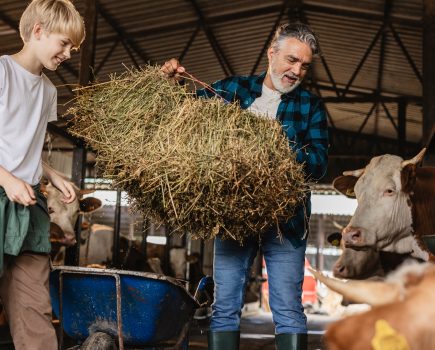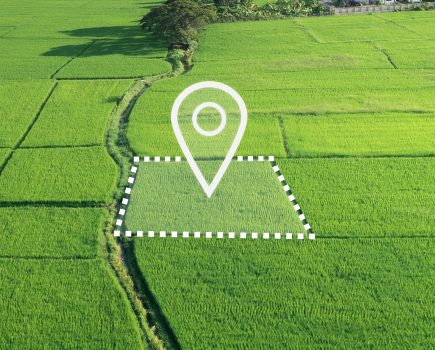Ben Sharples, partner in the agricultural team at UK law firm Michelmores explains.
By 2028 the farm subsidy known as the Basic Payment Scheme will be phased out. The new Environmental Land Management scheme (ELMS) set out under the Agriculture Act 2020 will reward farmers and land managers for producing public goods. The closing of existing agri-environment schemes marks the introduction of a new approach to farming regulation and enforcement.
So, what opportunities does this present for landowners?
The Environmental Land Management scheme
Much of the UK’s biodiversity is on privately managed land, including the large majority of land that is used for farming and agriculture. This means that the Government and conservation organisations alone will not be able to achieve environmental objectives for biodiversity, such as the protection of 30% of UK land by 2030. They will need to work with land managers to meet the sector’s goals for biodiversity and ELMS will be a vital policy mechanism for achieving this.
Through the scheme, farmers and other land managers may enter into agreements to be paid for delivering public goods, such as clean and plentiful water, thriving plants and wildlife, beauty, heritage and engagement with the environment.
Biodiversity net gain
Biodiversity net gain (BNG) sits within the Environment Act 2021 and requires that all development schemes in England must deliver a mandatory minimum 10% biodiversity net gain, which must be maintained for a period of at least 30 years.
ELMS, BNG and private off-set schemes need to be able to operate together. This will allow land managers to stack environmental benefits, for example gaining government funding for the public goods delivered on their land through ELMS and supplementing this with private investment for outcomes such as carbon sequestration on the same land.
It is unclear how private sector contracts between developers and landowners will sit with ELMS and whether or not landowners will be able to benefit from both, and we await clear guidance from the Government on how this will work. There could be a long-term opportunity for landowners and farmers to add a new revenue stream for any farm business or landed estate and take advantage of developers offsetting their BNG requirements. This could, in certain circumstances, see some landowners receiving a higher income from BNG agreements than from traditional farming.
With land needing to be set aside for BNG for a minimum of 30 years, the effect on capital value is unclear. Any negative effects will need to be compensated by the offset contracts between landowners and developers. There also needs to be equivalent tax relief for land used for conservation and environmental purposes and tax planning for future generations should be a consideration for landowners.
ELMS will be vital in delivering the UK’s biodiversity objectives, but to ensure the necessary high uptake among land managers it will need to be made clear how farmers can benefit from private off-set schemes and ensure land managers are paid enough to incentivise the necessary land management.






